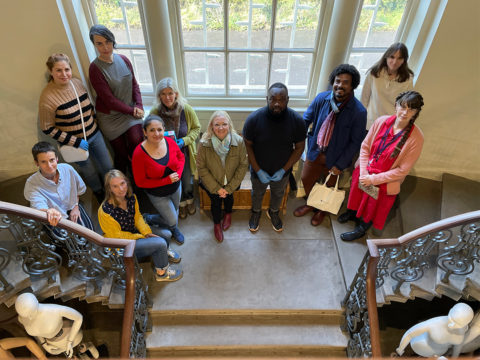Rethinking the Grand Tour
For 200 years the Grand Tour set the standard for western culture. In the 1700s and 1800s, it established forms of privileged travel and cultural tourism to Greece and Italy. Many western European artists took inspiration from classical antiquity. Ruins in idyllic landscapes, nymphs, and goddesses defined the classical fantasy as the pinnacle of taste.
Beneath the refinement of the Grand Tour is a story of empire and cultural appropriation. As the scope of European tourism extended to the Middle East and Asia, a colonial viewpoint prevailed. Artefacts were taken back home in private collections and were later acquired by museums. Manchester Art Gallery maintained this classical fantasy, purchasing Grand Tour artworks during the mid 1900s.
Two decades after this gallery was installed, the Grand Tour is being reassessed. Four contemporary artists have selected works from Manchester Art Gallery’s collection. They have responded to the legacy of the Grand Tour through the theme of migration, with a focus on empire and colonisation, trade, heritage, gendered experiences, and feelings aroused by the comfort of home.






